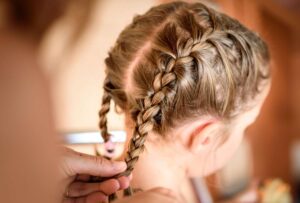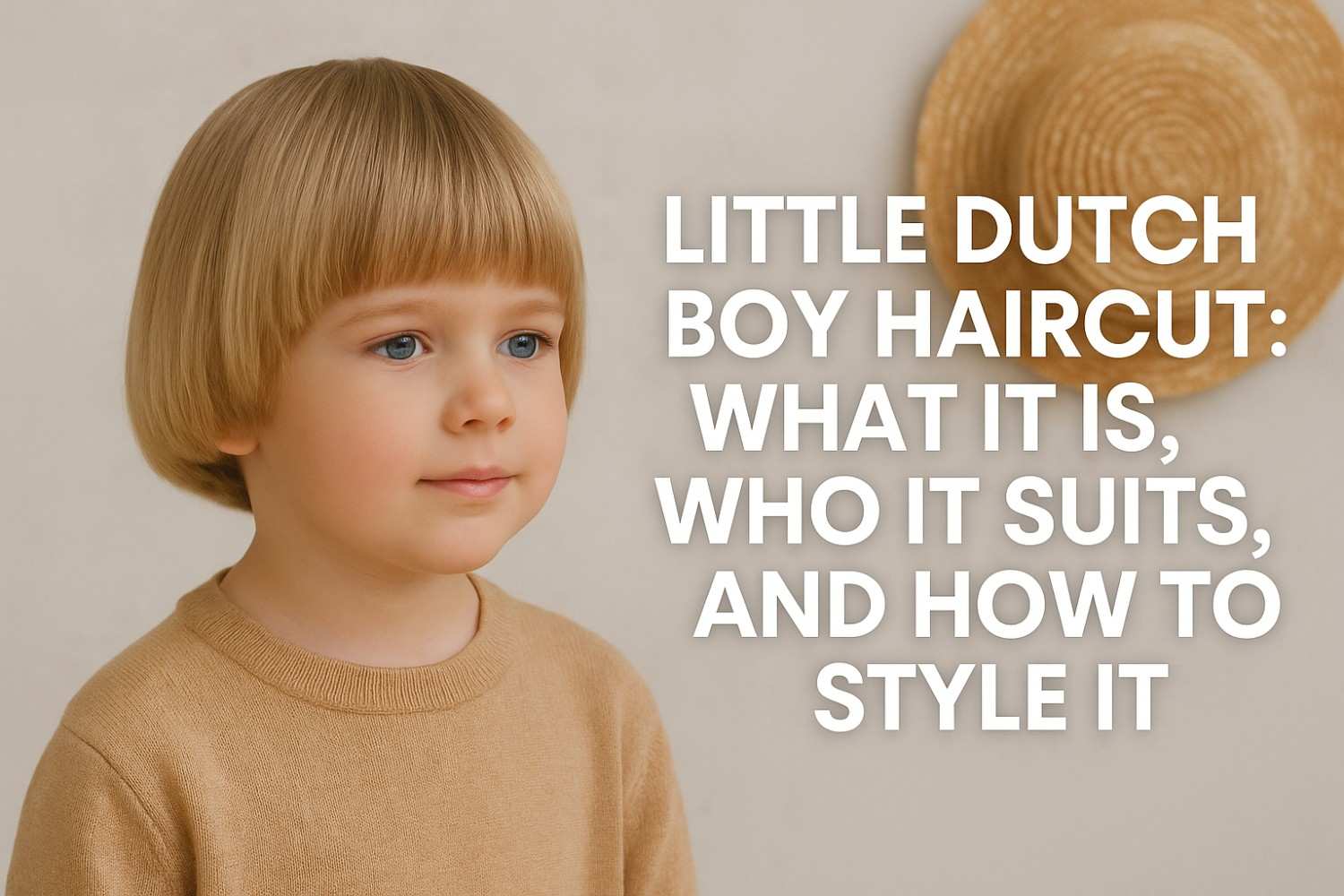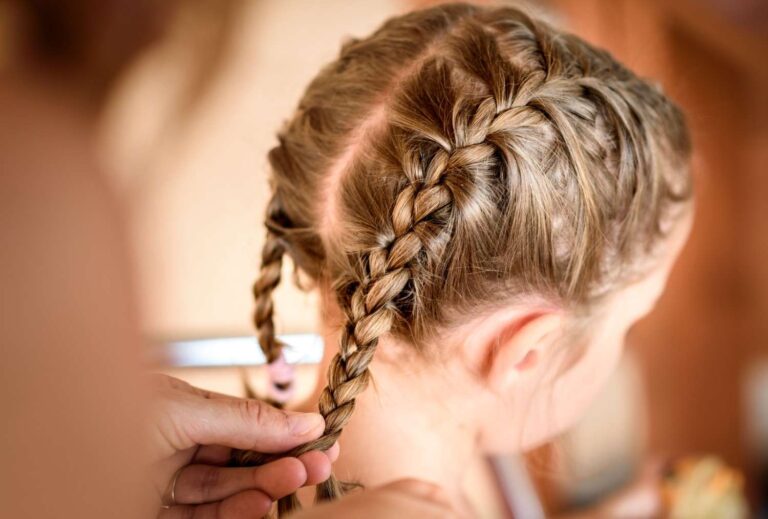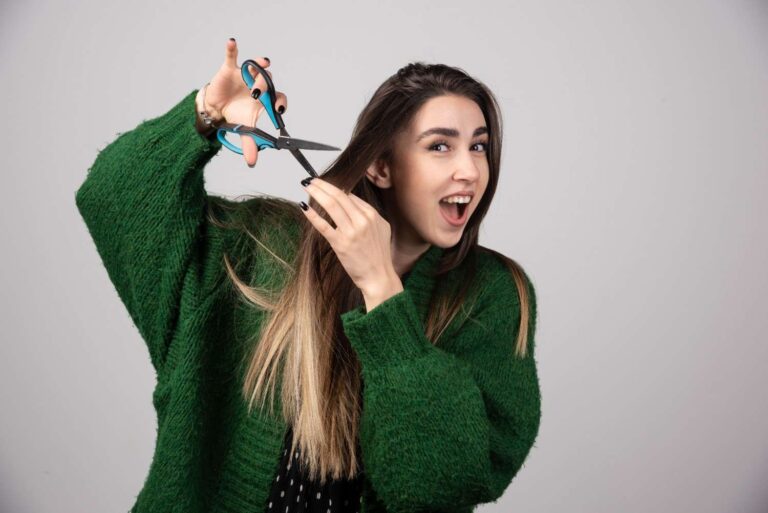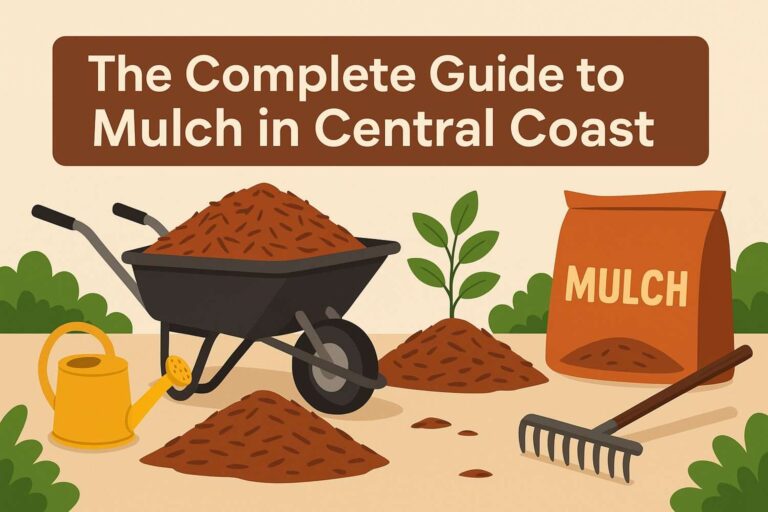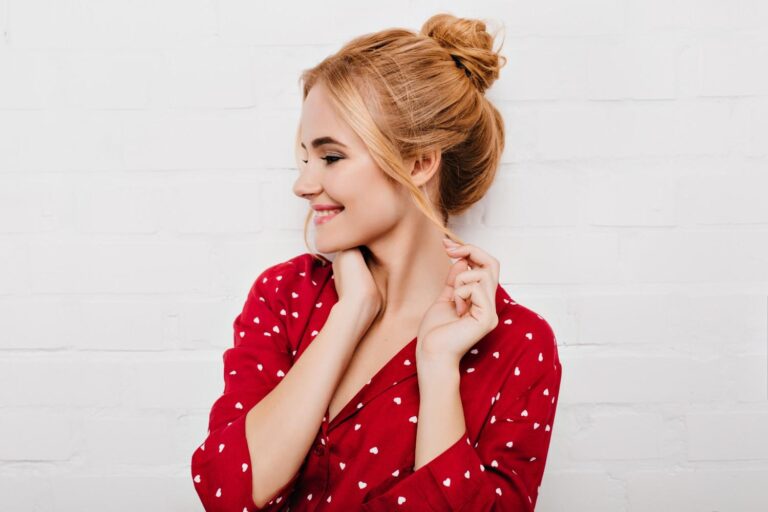If you’ve ever seen a child (or a retro celeb photo) with a neat bob, full sides, and straight bangs, you’ve spotted the little Dutch boy haircut. This classic look sits around ear-length with a rounded under-curve and a blunt fringe. It’s closely related to the traditional pageboy/bowl-cut family and has popped in and out of fashion for more than a century.
What exactly is the little Dutch boy haircut?
At its core, the cut is a short, one-length bob that hugs the head, turns under slightly at the ends, and features straight, heavy bangs. Historically, the pageboy was worn by boys and girls, with the “Dutch boy” label often used when the bangs are extra straight and the sides look full and helmet-like. The style shows up in early 20th-century photos and resurged repeatedly—from silent-film days to mid-century kids’ cuts and even 1970s/80s pop culture.
Fun tidbit: even U.S. President Ronald Reagan’s childhood nickname “Dutch” was linked in part to a “Dutch boy” haircut his mother gave him as a toddler.
How did this style get its name and cultural footprint?
Two threads feed the name. First, early 1900s–1920s imagery (think straight bob with bangs) became iconic through film and advertising. Second, “Dutch boy” entered common speech—helped by branding like the Dutch Boy Paint trademark that famously depicted a child with this haircut. Meanwhile, the straight-banged “Dutch boy” silhouette overlaps with the pageboy cut popularized across decades of film, fashion, and even rock culture.
In women’s fashion history, a close cousin—the “Dutch bob”—spiked in the 1920s, with actress Mary Thurman credited as an early trendsetter before the look spread to stars like Louise Brooks and Colleen Moore. That sleek, under-curled line with a blunt fringe informed how we still picture the cut today.
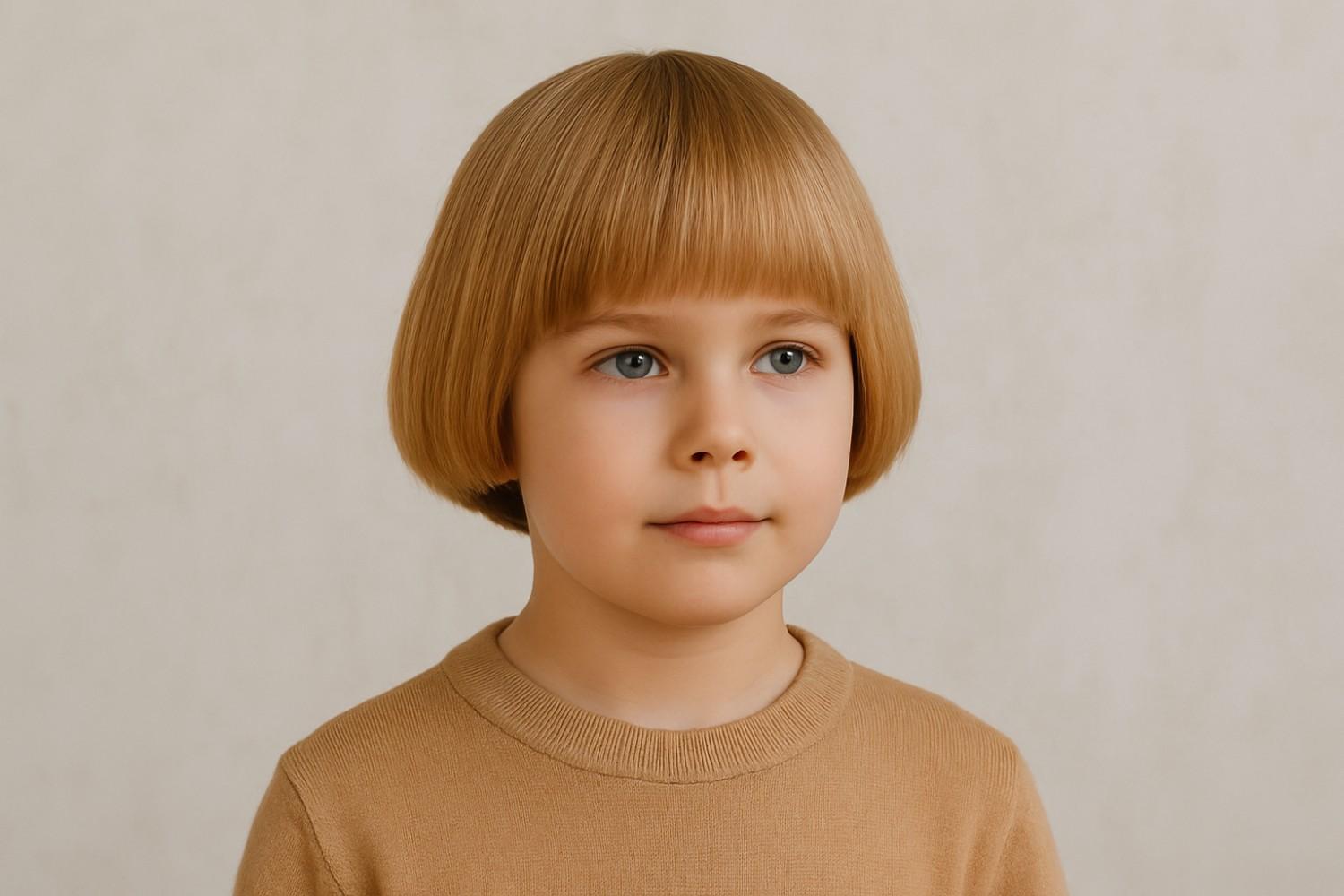
Who does the little Dutch boy haircut flatter?
Short, one-length bobs with full bangs highlight eyes and cheekbones and can make fine, straight hair look denser. Kids and adults with naturally straight to slightly wavy hair will find it easiest to maintain the crisp outline.
If your hair is very thick, ask for interior weight removal to prevent mushrooming; if it’s very wavy or curly, you can still wear a Dutch-boy-inspired bob but expect to style or diffuse to keep the curve clean. Historic references describe the “Dutch boy” as ear-length with straight bangs, while “pageboy” can be longer; knowing that distinction helps your stylist tailor the hemline to your face shape and hair texture.
How do you ask your stylist for a little Dutch boy haircut?
Bring photos and say: “I’m after a classic little Dutch boy haircut—ear-length bob with a subtle under-curve and blunt, straight bangs.” Ask for:
- A uniform length around the head, hitting between mid-ear and jaw, with a gentle bevel (achieved by slight graduation or a dry under-curl pass).
- Full, straight bangs that sit just at or slightly above the brows.
- Optional: interior debulking for thick hair so the sides sit neatly rather than puff out.
Clarify the line you want (razor-sharp vs softly rounded) and whether you prefer a micro-bevel to help the hair naturally tuck under without a curling iron. These specifics capture the silhouette seen in historical pageboy/Dutch references.
Can you modernize the look without losing its charm?
Absolutely. To update the shape:
- Airy bangs: Keep them straight but slightly piecey for a lighter feel.
- Textured ends: A whisper of texture at the hem prevents the “helmet” effect while preserving the iconic curve.
- Length play: Nudge it longer into a pageboy if you want more styling freedom or need a softer frame.
Modern tweaks respect the original blueprint—short bob + straight fringe—documented through the pageboy’s long pop-culture life.
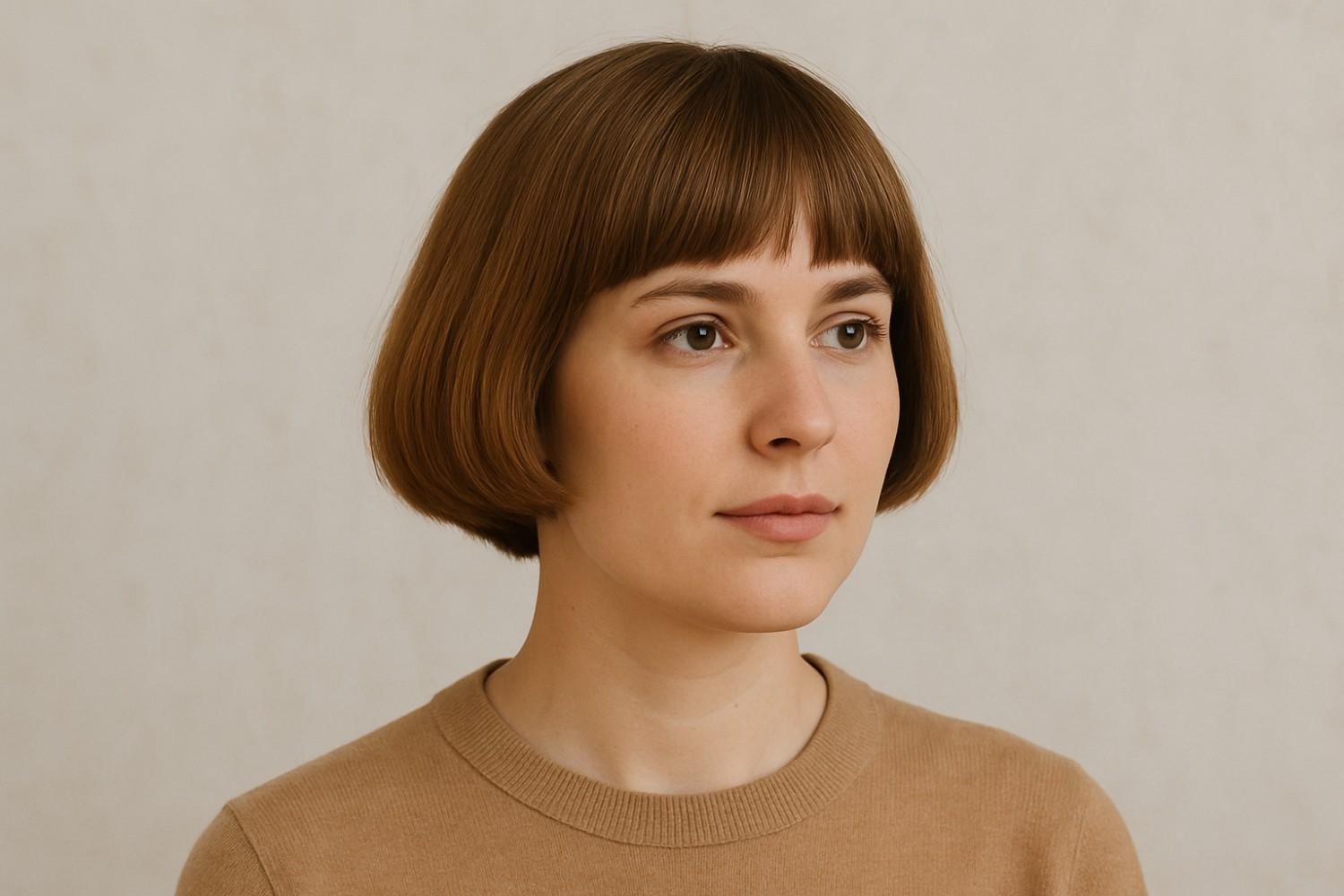
How do you style and maintain the cut day-to-day?
- Blow-dry with a round brush: After heat protectant, lift at the root and roll the ends under to reinforce the curve.
- Set the fringe: Dry bangs straight down with a paddle brush for that crisp line; a quick pass with a flat iron seals it.
- Finish smart: A light cream or serum keeps flyaways down without turning the shape stiff.
With straighter hair types, the cut practically falls into place; that ease of wear is one reason it persisted across eras.
Little Dutch Boy Haircut: Common mistakes to avoid
- Bangs too heavy or low: If they sit below the brows, they can dominate the face. Keep them at or slightly above brow level.
- Sides too bulky: Ask for discreet interior thinning if your hair mushrooms.
- No bevel at the hem: A totally blunt edge can look boxy; a soft under-curve echoes the historic line.
Frequently Asked Questions
1. Is the little Dutch boy haircut the same as a pageboy?
They’re siblings. The pageboy often runs a bit longer (below the ears with hair turning under), while “little Dutch boy” typically describes a shorter, ear-length bob with very straight bangs and fullness at the sides. In practice, many people use the terms interchangeably, but the shorter, fuller look with blunt fringe is what most mean by “Dutch boy.”
2. Did the little Dutch boy haircut really start as a kids’ style?
Yes—archival notes and photo chronologies show pageboy/Dutch-style cuts on young boys in the 1910s–1920s, bolstered by child actors and later by broader cultural waves. Over time it crossed into women’s fashion (the 1920s Dutch bob moment) and then cycled back through pop culture on both kids and adults.
3. Why is it called “Dutch boy”?
The term was reinforced by widely seen imagery—advertising mascots (like the Dutch Boy Paint trademark) and the broader cultural picture of a child with a straight-bang bob. Linguistic notes point to that branding connection, while hairstyle history aligns the look with the pageboy lineage.
4. Will it work on thick or wavy hair?
It can—but you’ll want smart tailoring: interior debulking for thick hair and a bit more length if you’re wavy, so the shape doesn’t balloon. Expect to style bangs straight and curve the sides under. If you prefer less daily styling, consider a slightly longer pageboy length for easier control.
So…should you get one?
If you love clean lines, face-framing bangs, and low-maintenance polish, the little Dutch boy haircut delivers timeless charm with modern versatility. Its historic roots (from early film to 1920s Dutch bob fashion) give it staying power, while today’s soft texturizing and airy fringe keep it current. Bring a clear reference, ask for an ear-length bob with a gentle bevel and straight bangs, and you’ll capture the look—without the helmet.




